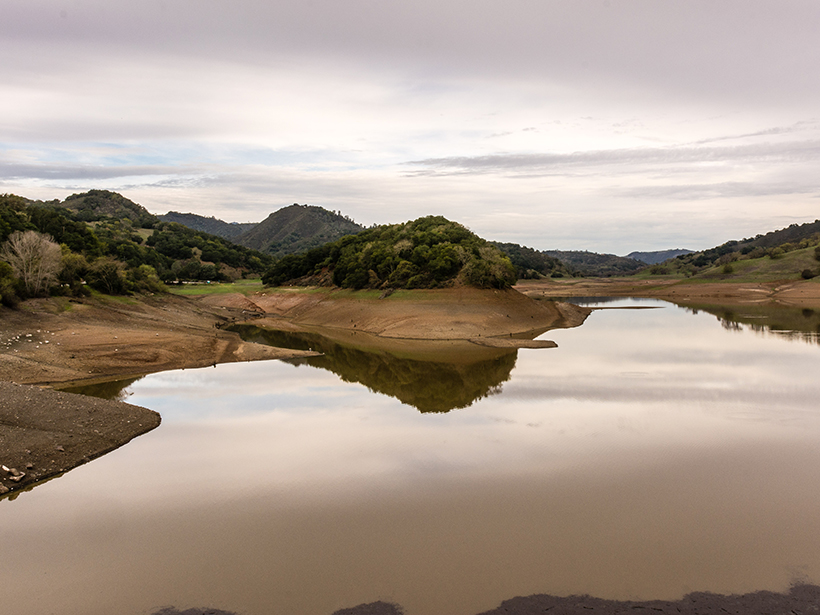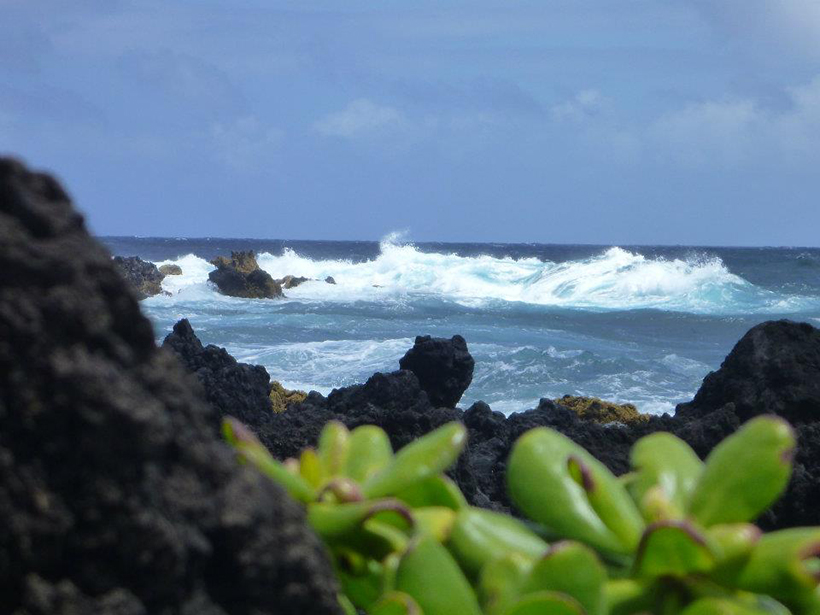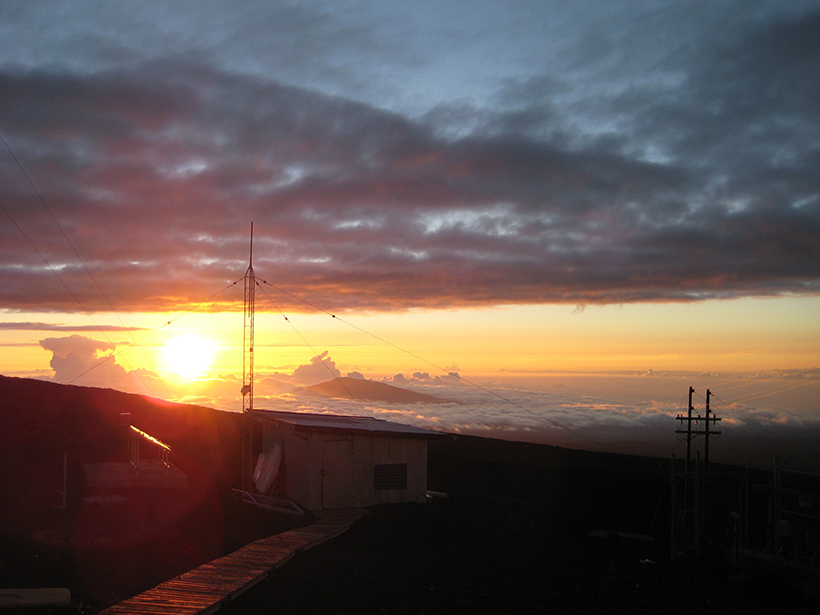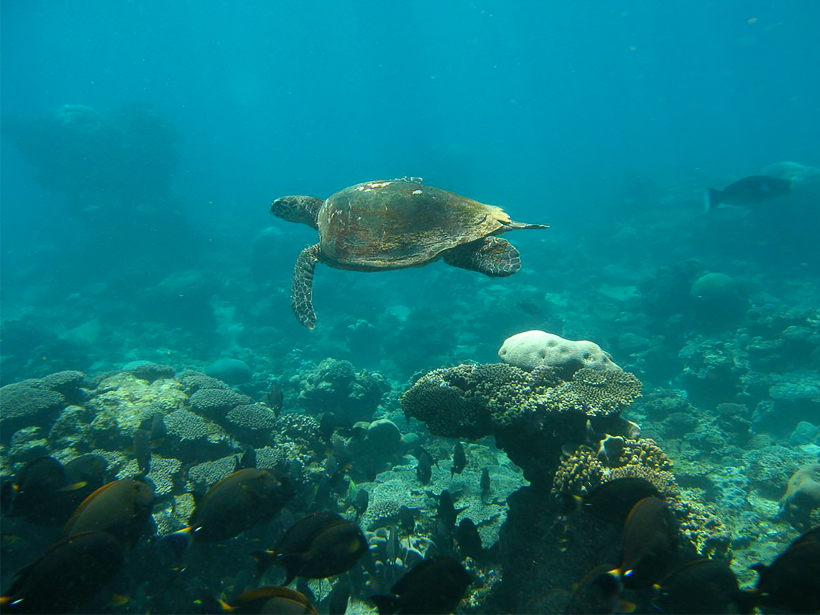A weak La Niña is expected to further dry out southwestern and Gulf Coast states.
ENSO
In the Eastern Pacific Ocean, the "Blob" Overshadows El Niño
Underwater gliders and ocean modeling reveal unexpectedly weak El Niño effects on a major West Coast current.
Closing the Pacific Rainfall Data Void
A new climatology tool uses satellite data to map precipitation in a data-sparse region of the Pacific Ocean.
El Niño Will Increase Atmospheric Carbon to Historic Levels
Tropical fires and drought-stricken ecosystems that normally serve as sinks will release carbon, contributing to high atmospheric concentrations through 2016 and beyond.
Could We Have Predicted What El Niño Would Bring?
Researchers take a retrospective look to see if precipitation and flooding due to El Niño could have been predicted a priori.
Does El Niño Intensity Affect Precipitation in California?
Modeling experiments demonstrate that strong El Niños greatly increase odds for wet winters over California's principal watersheds compared to impacts of weak and moderate El Niños.
Distant Rains Contributed to La Niña Ocean Warming Event
Unusually low salinity intensified a warm-water current off the coast of Western Australia in 2010–2011.
This Winter's El Niño Might Only Dent Western U.S. Drought
The National Oceanic and Atmospheric Administration released its winter weather outlook, which predicts a warm and wet winter in California but not enough rain to eliminate the state's pernicious drought.
Dengue Fever Epidemics Linked with El Niño, Study Says
High temperatures associated with the recurring global climate pattern foster mosquito-friendly conditions that may accelerate transmission of the virus.
NOAA Predicts Strong El Niño
This winter could bring warmer temperatures to northern states and much-needed rain and snow to southern California and the Southwest.








